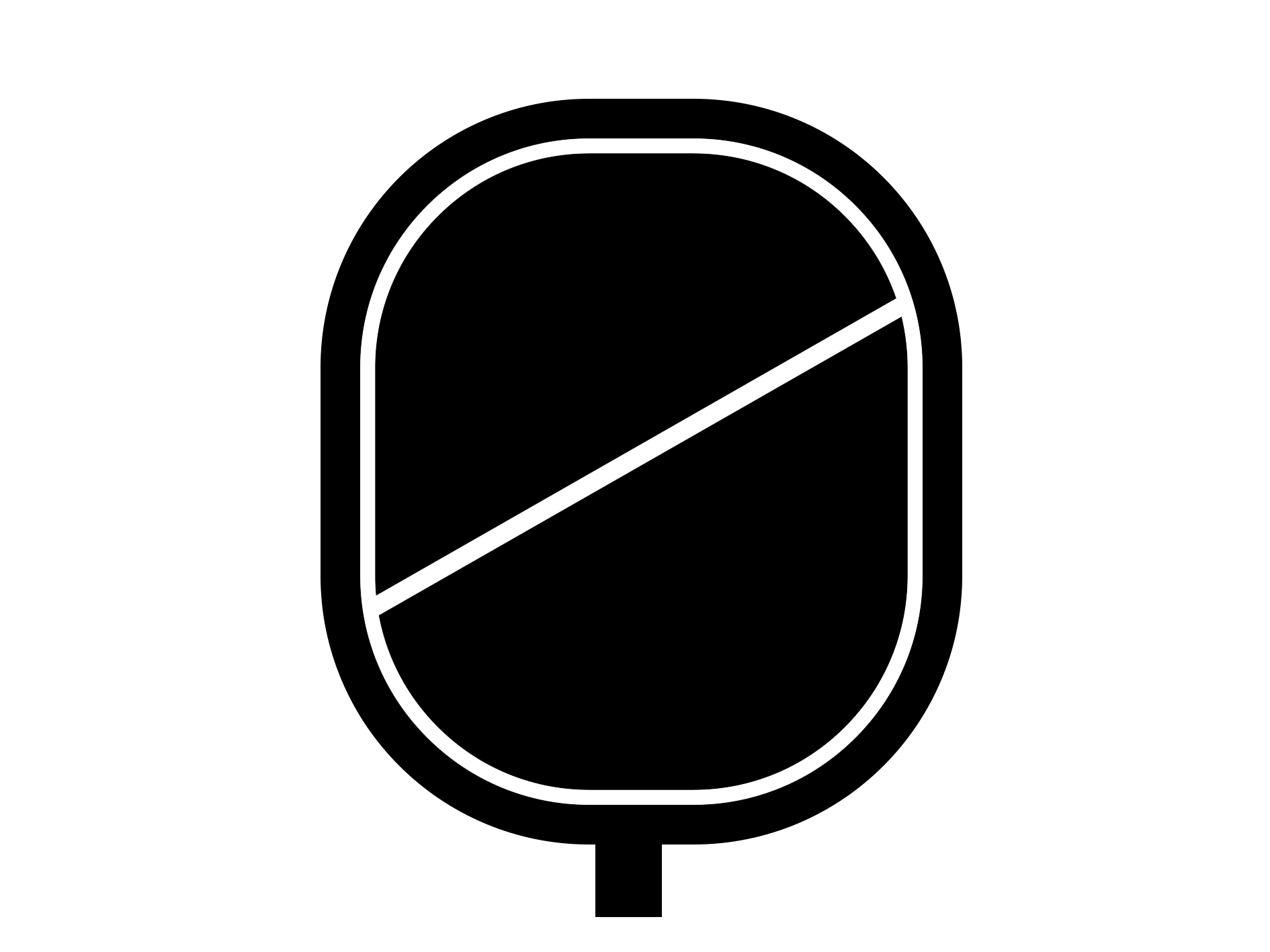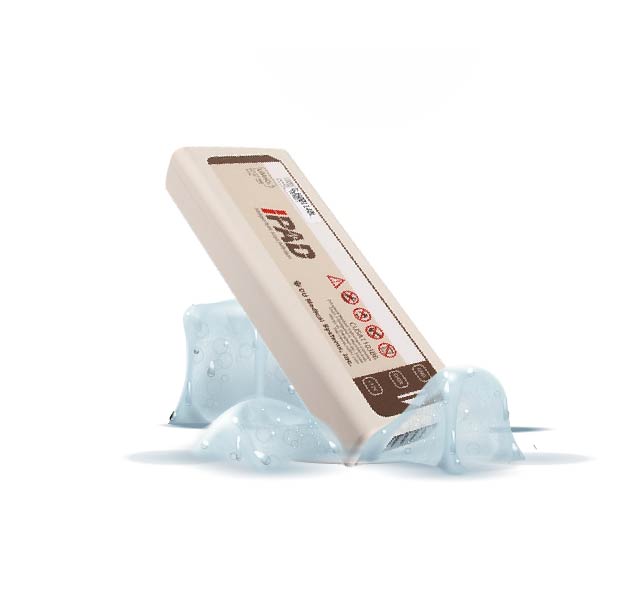Most AED’s use Lithium technology, a high energy storing battery that is designed to last a long period of time. Although these batteries are stable and reliable, Lithium battery technology does have some flaws which can impact the performance of the devices they are used in. Specifically, with the AED’s, these batteries can lose charge when exposed to cold temperatures over an extended period of time. This can give the appearance that the battery has run flat, even though the day before the battery was full.
Typical operating standards for AED’s is: 0°C ~ 43°C (32°F ~ 109°F)
If you suspect your battery may have been exposed to cold during the night, and your AED is no longer functioning, bring it inside. Allow the battery to warm up – this may take a few hours. Once warmed back up within operational temperatures the AED should re-operate. When the battery is warmed up, it regains any charge it previously lost – however, repeated exposure can result in your battery’s life degrading over time.






